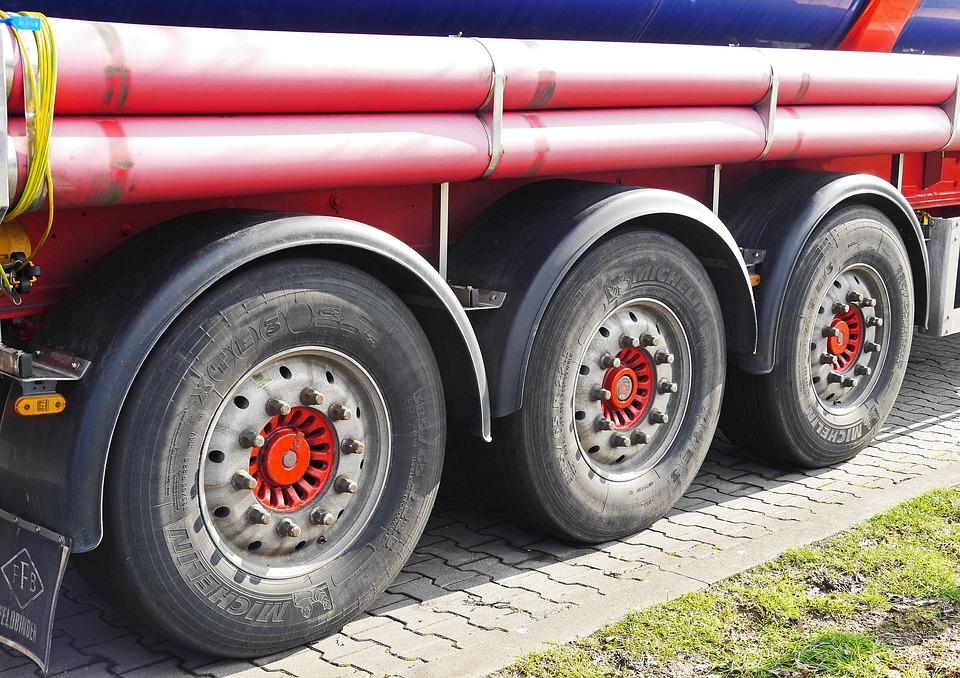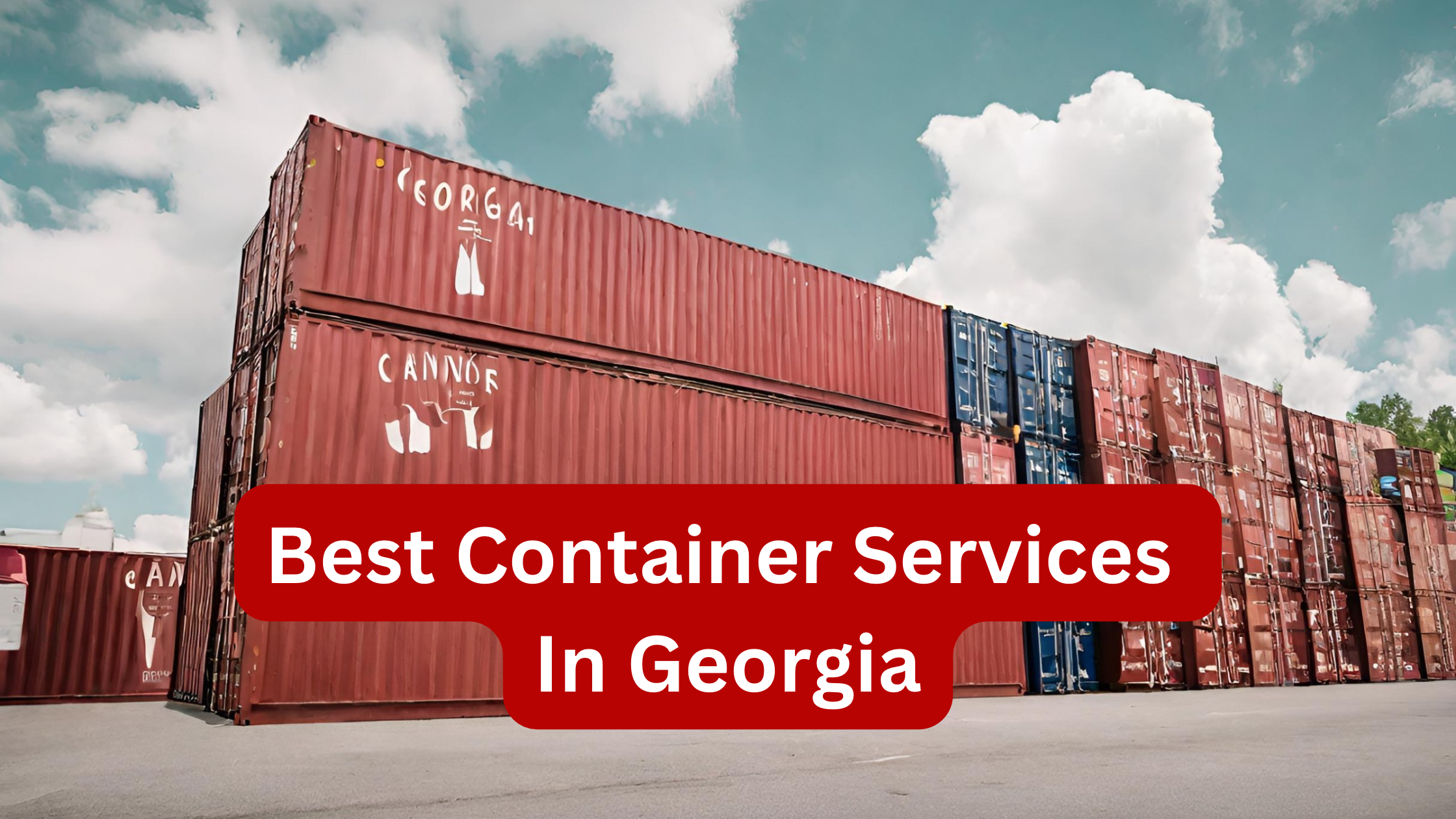While you have something as important as the health of the company’s supply chain, you have an extensive fleet of semi-trailers. The dry van trailers weigh more than step deck and flatbed trailers. Keeping van freight from the elements in transit, the dry van trailers have less load weight than other trailer types.
Apart from the dry vans, the construction of trailer types will vary, while increasing or decreasing the overall weight. Here are some of the general freight weight thresholds for the three most common axle trailer types.
- The 53 feet refrigerated trailers can haul between 43,000 to 45,000 pounds
- The 53 feet flatbed trailers can haul between 45,000 to 48,000 pounds
- The 53 feet dry van trailers can change between 43,000 to 46,000 pounds
With these ranges, the remaining 32,000 pounds must be dedicated to the tractor that pulls each load. How much weight should be properly distributed?
What is the Weight Limit?
The steer axles hoist 12,000 to 15,000 pounds on each tire. It can vary slightly depending on the make and model of the vehicle and the overall distribution of the weights.
What is the Weight Limit for a Semi’s Drive Axles?
To land within the 80,000 pounds of gross vehicle weight, the two axles of a semi-tractor hold no more than 30,000 pounds. When you break this down further, the 34,000 pounds are further distributed at 17,000 per axle and around 4000 pounds for every tire.
What is the Axle Weight Limit for Tri Axle Trailers?
Just like the tandem axle setups, the allowed per-axle limits for three-axle trailers like step decks and flat decks. Generally, the shippers give more leeway for axle weight limits than the western counterparts.
How Much Gross Weight can You Get on a Tri-Axle Trailer?
It is the amount of cargo weight for a tri-axle trailer. There are plenty of axles necessary for hauling your shipment. It is equally important that you work with a provider that can help you through the process.
Why do Axle Weight Limits Matter the Most?
The oversized freight movement isn’t always important. Without oversight and regulation, the process could easily go wrong. There are two reasons that legal axle weight limits matter greatly for the benefit of the trucking industry.
Axle weight limits help transportation companies avoid unnecessary maintenance and replacement costs. The roadways are highly susceptible to fraying and weakening due to highly concentrated mass. The state-level axle limits allow the governing bodies to keep roads in good condition while allowing the supply chains to run in a smooth manner.
The world of heavy haul freight movement is a lot complex. There are plenty of rules to keep in mind. You must feel intimidated.
Axle Weight Limits Also Promote Safety
The standard freight shipments of normal weight is a bit challenging. Adding more to the load complicates the process even more. For truckers, it helps shipments along state highways and streets. The heavy shipments make it difficult especially when there is a lot of weight on the trailer’s rear axles.
The legal axle weight restrictions can keep the public safe from any kind of harm while transporting oversized goods. Heavy loads are a bit taxing on the trailers that carry them stressing the mechanisms that can cause permanent damage. The axle weight limits help transportation companies avoid any kind of unnecessary replacement and maintenance costs.
The city, state, and interstate roadways are extremely susceptible to fraying, cracking and weakening because of the highly concentrated mass. The axle weight limits help the governing bodies keep the roads in the best condition while allowing the supply chains to run smoothly.
These are the ways commercial truck axle weight limits work out for you. They can help companies avoid any unnecessary maintenance and replacement costs.








